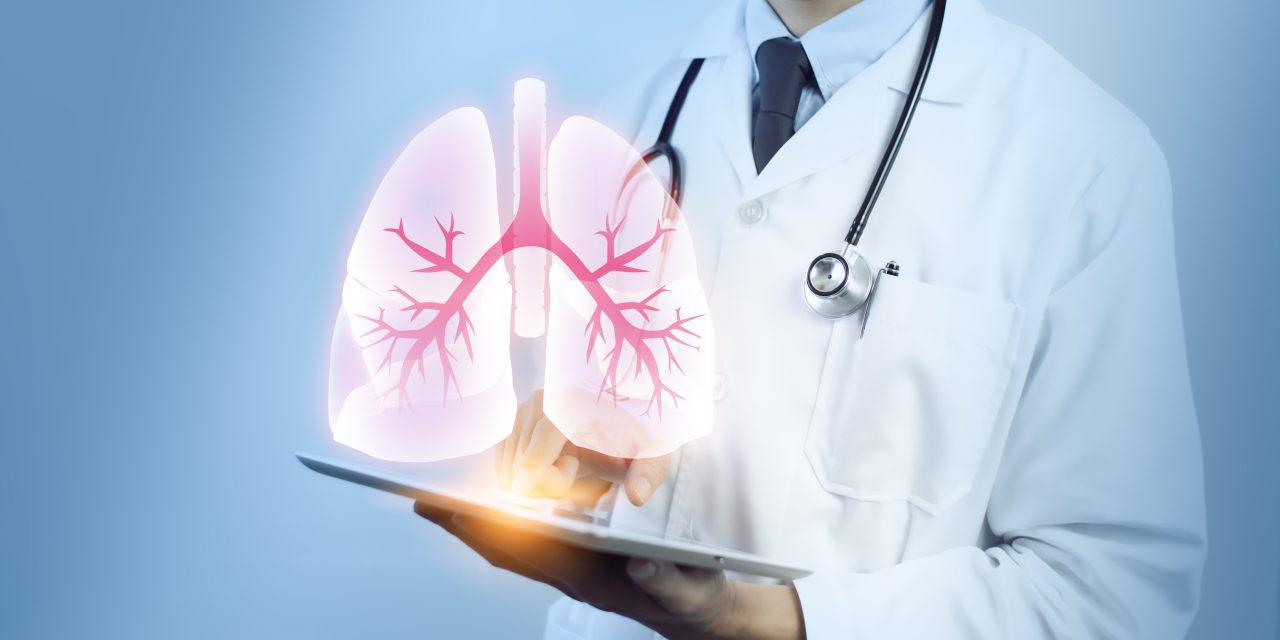This report summarizes the clinical features and 1-month follow-up observations for pediatric patients who were hospitalized with coronavirus disease 2019 (COVID-19) in Wuhan Women and Children’s Hospital.
The 1-month follow-up data included clinical manifestations and results from serum severe acute respiratory syndrome coronavirus 2 (SARS-CoV-2) IgG and IgM tests, reverse-transcription polymerase chain reaction (RT-PCR) for SARS-CoV-2, lung computed tomography (CT) scans, and laboratory tests.
Between January 20 and March 15, 2020, 127 patients aged 0-15 years were hospitalized for COVID-19 treatment, including 3 severe cases and 124 mild or moderate cases. The main therapies included inhalation of aerosolized interferon-α (122/127) and additional antiviral drugs (28/127). Among the 81 patients who had pneumonia at admission, 35 with right lobe pneumonia had the longest hospital stay (mean 14.5 ± 7 days); 17 with left lobe pneumonia had the highest creatine kinase (154 ± 106 U/L) and creatine kinase myocardial band (CK-MB, 43 ± 48 U/L) levels; and 29 with bilateral pneumonia had the highest white blood cell counts (8.3 ± 4 × 10 /L). Among the 46 patients who were successfully followed up 1 month after discharge, two notable findings were right lobe pneumonia in 22% (95% confidence interval [CI]: 11%-37%) of patients and persistently elevated serum creatine kinase and CK-MB levels. The median duration of elevated CK-MB was 45 days. The mean concentrations of serum SARS-CoV-2 IgG and IgM in 41 patients were 8.0 ± 7.5 and 98 ± 40 ng/ml, respectively. At follow-up, four patients retested positive for SARS-CoV-2.
The involvement of different lung lobes in patients with COVID-19 was associated with variations in the persistence of pneumonia and elevation of CK-MB levels and body temperature.
© 2021 Wiley Periodicals LLC.
Clinical features and follow-up of pediatric patients hospitalized for COVID-19.


